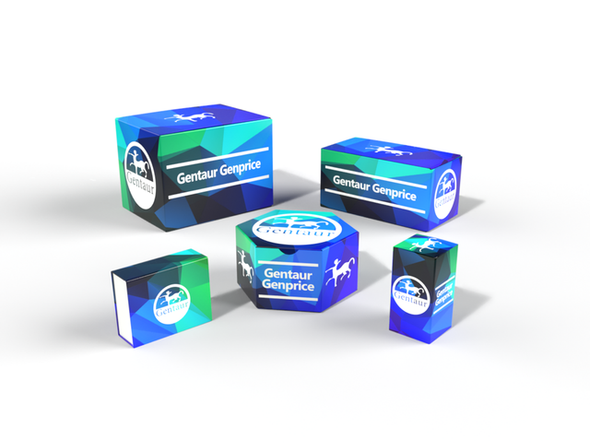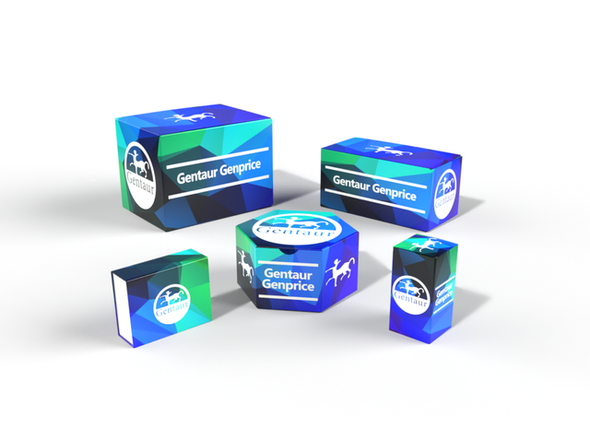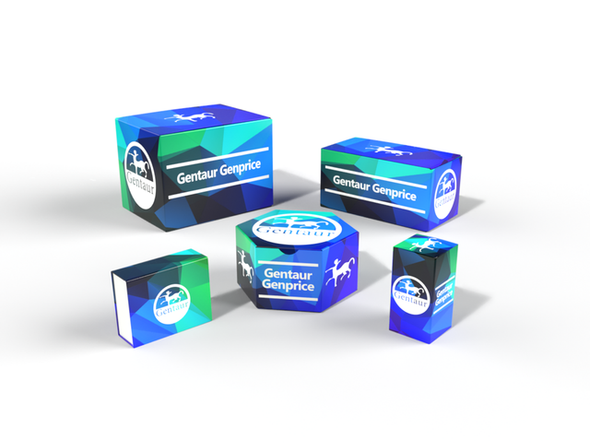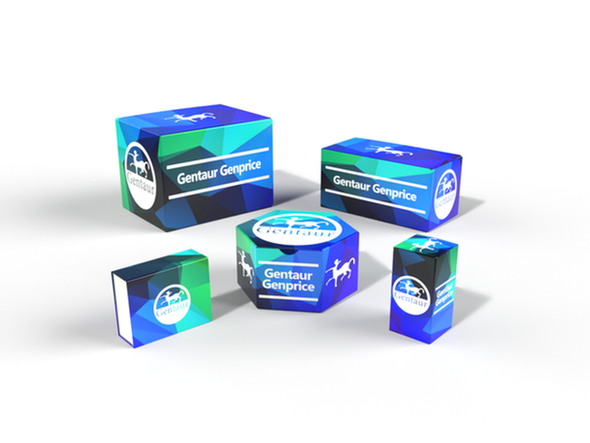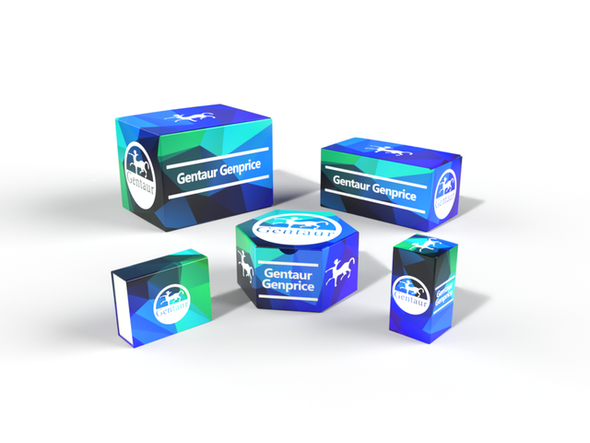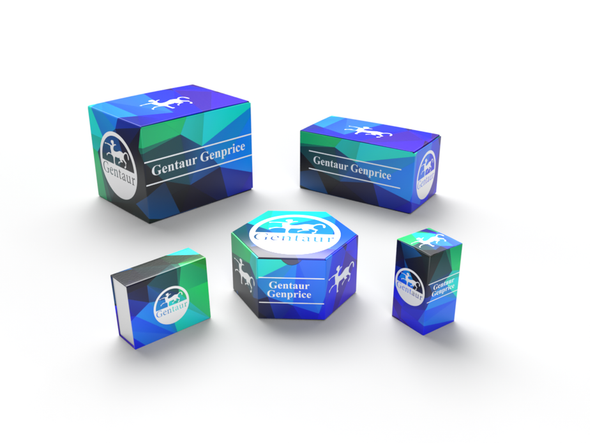Description
Advanced glycation end products (AGEs) accumulate with age and at an accelerated rate in diabetes. AGEs bind cell-surface receptors including the receptor for AGE (RAGE). AGEs therefore have been implicated in the pathogenesis of diabetes, induction of proinflammatory cytokines, and stimulation of smooth muscle proliferation, and fibronectin production. The Biotinylated AGE-BSA was produced by biotinylation of AGE-BSA (Cat. # 2221-10) with Sulfo-NHS-LC-Biotin (Cat. # 2326). Prior to biotinylation, AGE-BSA was produced by reacting BSA with Glycoaldehyde under sterile conditions followed by extensive dialysis and purification steps. Fluorescence of AGEs was confirmed by fluorescence spectrophotometry with Ex./Em. = 370/440 nm. Glycated BSA shows a 7000% increase in fluorescence in compared to control BSA.
7929 | Biotinylated AGE-BSA DataSheet
Sort Name: Biotinylated AGE-BSA
Label Name: Biotinylated AGE-BSA
Taglines: AGEs can bind a variety of receptors. Biotinylation of AGE-BSA allows for its purification by Streptavidin-Sepharose beads
Product Highlights: FORM: Liquid. FORMULATION: 5 mg/ml of 0.22 µm filter sterilized solution in 1X PBS LABELING EFFICIENCY: ’s Biotinylated AGE-BSA was estimated to contain ~1-2 biotin/BSA (As tested using Biotin Quantitation Kit (K811-100)). APPLICATIONS: Biotinylation of AGE-BSA allows for its pull-down and purification by Streptavidin-Sepharose beads (Cat. # 6565).
Packaging: EA
Additional Information
Storage Temperature: |
-70°C |
Shipping: |
Gel Pack |
Shelf Life: |
12 months |




